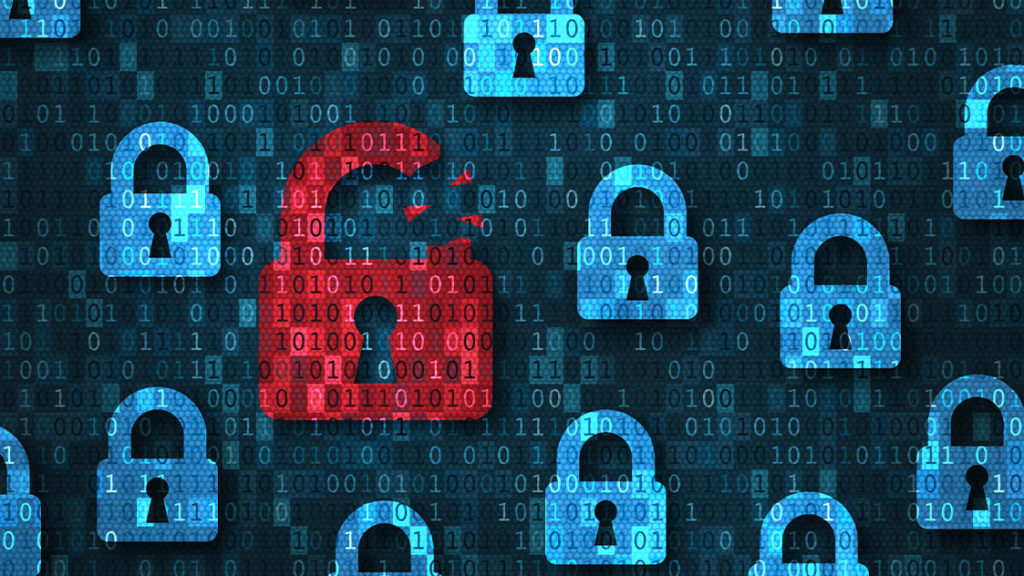How to Prevent ERP Data Security Threats

Investing in the prevention of security threats is a wise decision for any business to make. According to a recent study by Price Waterhouse Coopers (PWC), 47% of companies surveyed experienced fraud in the last 24 months, but only about half of those organizations are dedicating resources to risk assessment, monitoring, and third-party management. There is a direct link between investing in fraud prevention and reduced costs when security is breached. An ERP system can help protect your business from security threats including unauthorized access to information on the inside and malicious threats from the outside. Working with your ERP vendor can help reduce the risk of ERP data threats.
Getting Started
Start with a self-audit by identifying, ranking, and addressing all risks. This provides a priority list of items to address and can be a great advantage in protecting a business from security threats. Scheduled risk assessments should gather internal and external data. Input from stakeholders to identify risks and external information available in the public domain can provide an abundance of useful information. Risks should be assessed at regular intervals, as a one-time assessment will quickly become outdated.
Who Needs to Know?
There are many ways to protect sensitive data internally. Digital certificates as part of an ERP system help ensure protection by using authenticated systems. Role-based security principles of “least privilege” and “need to know” can be enforced by ERP role-based controls.?ERP systems allow customization that can fit a business’ needs to help ensure the most control available without hindering an employees’ ability to complete a task.
Create strong protection against cybersecurity threats and ransomware by checking often for updates and guidelines to be aware of new threats and what they look like. Share pertinent information with staff to prevent becoming susceptible to phishing scams and similar schemes. Educating staff and empowering them to be vigilant lookouts for unusual activity will further help protect data.
Beyond internal risks, it’s important to stay secure from external threats, too. ERP implementation can detect exploitation and fraud, ensure data integrity, and identify unauthorized access. It can also provide continuous and automated audits, detect data leaks, and centralize security monitoring, but it is still essential to have protocols in place to enhance security protection and help keep ERP data security strong.
In Case of Emergency
Develop a disaster recovery plan. An ERP system has multiple layers of security, designed to help protect against targeted attacks including distributed denial of service (DDoS) and general information gathering attacks. In addition, firewalls group networks into segments and isolate critical components to help prevent access from an external network. If a disaster recovery plan is in place, staff won’t be left scrambling. The ability to react to an incident once it’s identified is critical. An ERP system can detect unwarranted activity and take immediate action, often fixing the problem before it becomes a larger issue. In the event of a larger issue, following a prepared plan can be the difference between minutes or hours of downtime and lost revenue. Having a plan in place means quicker recovery and less loss of data or funds.
To learn more about how an ERP solution can help keep your business data secure, give our team a call at 412-562-9660 or email?info@decision.com.
Similar Blogs

Decision Resources Featured on Crunchbase

Chips, drugs, and steel — how to prepare for Trump tariffs





